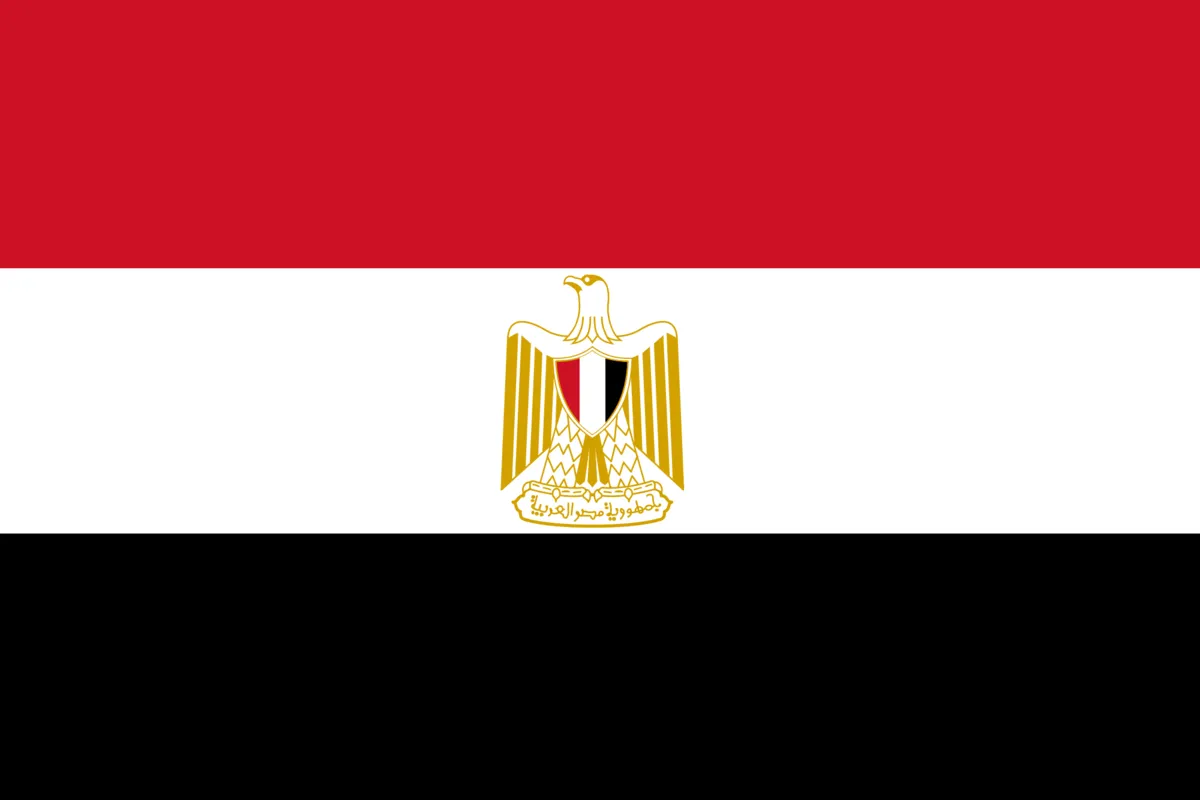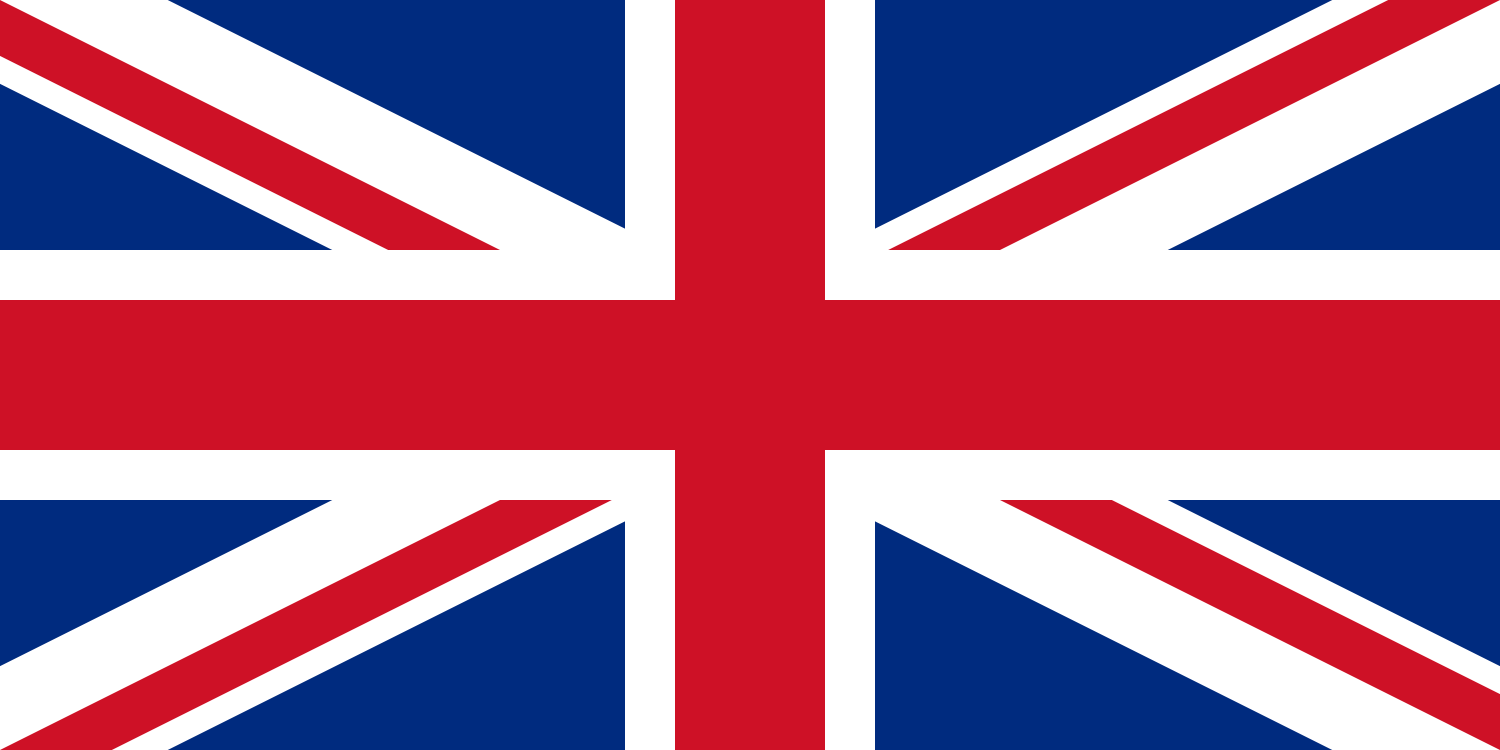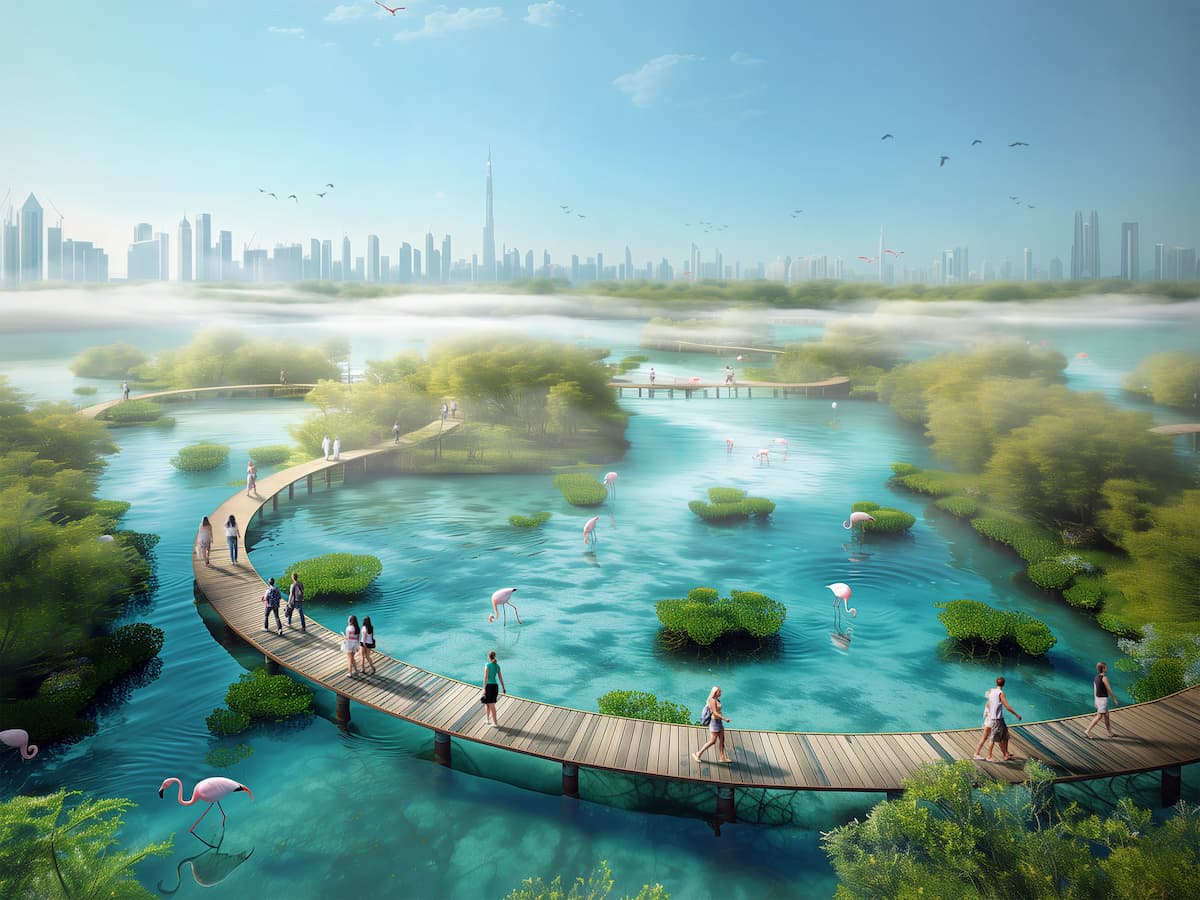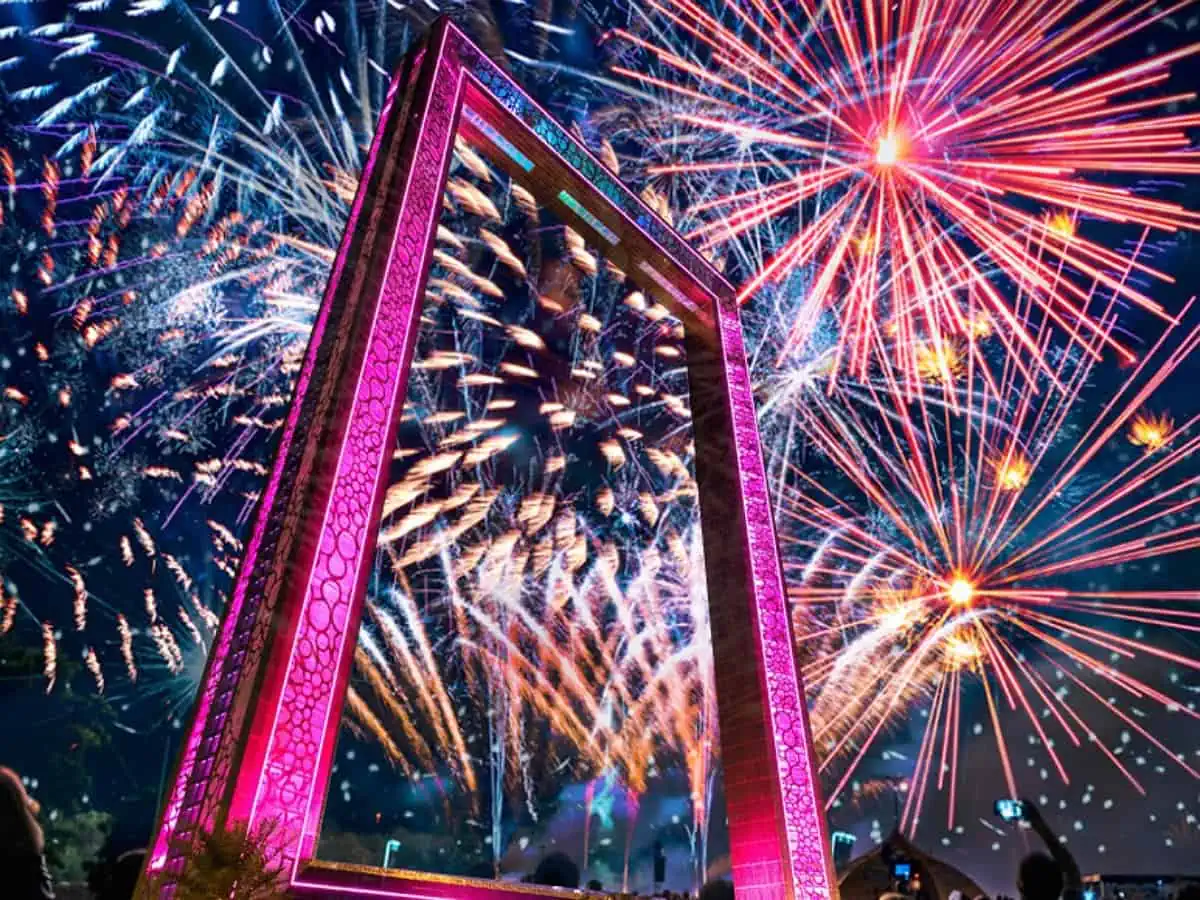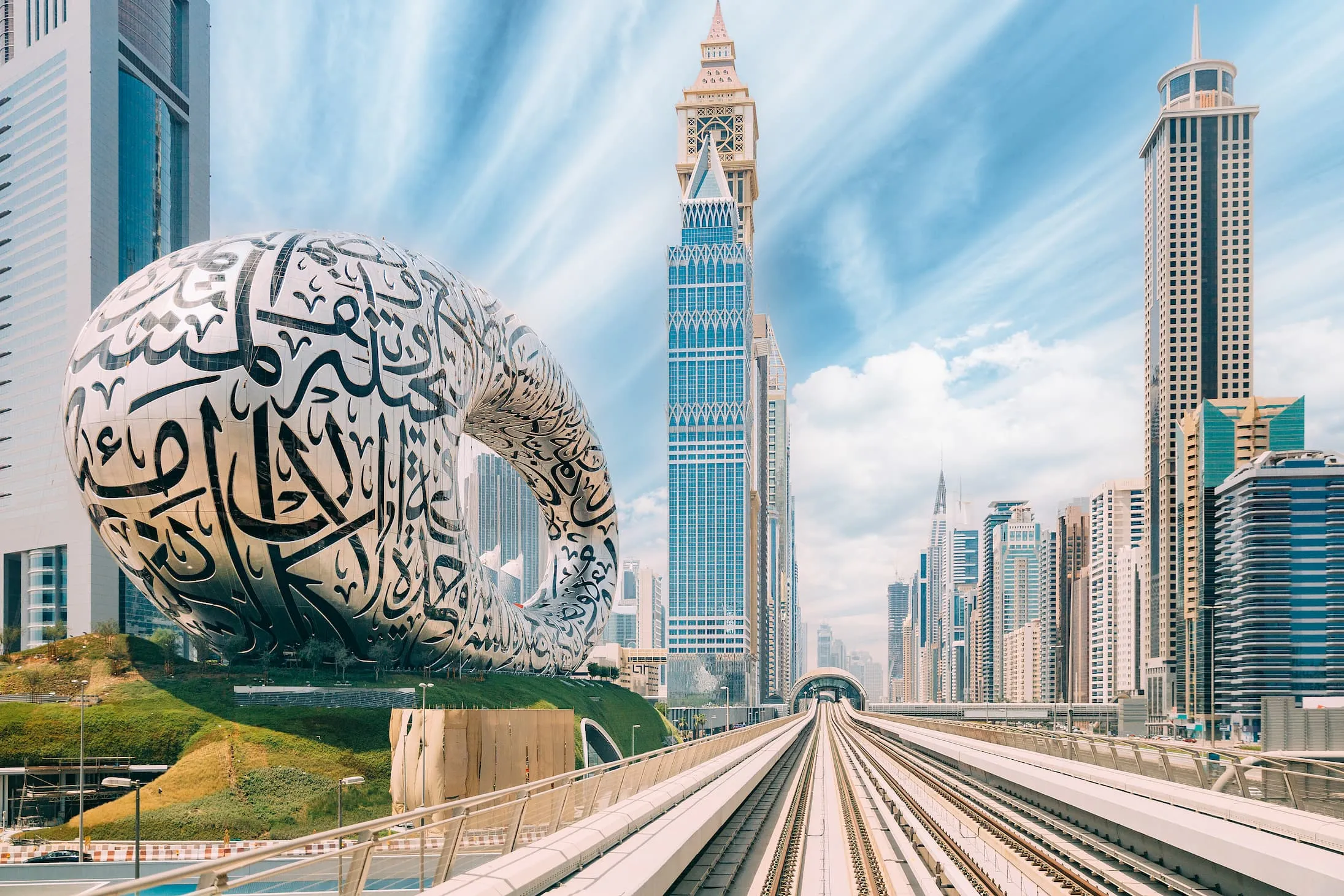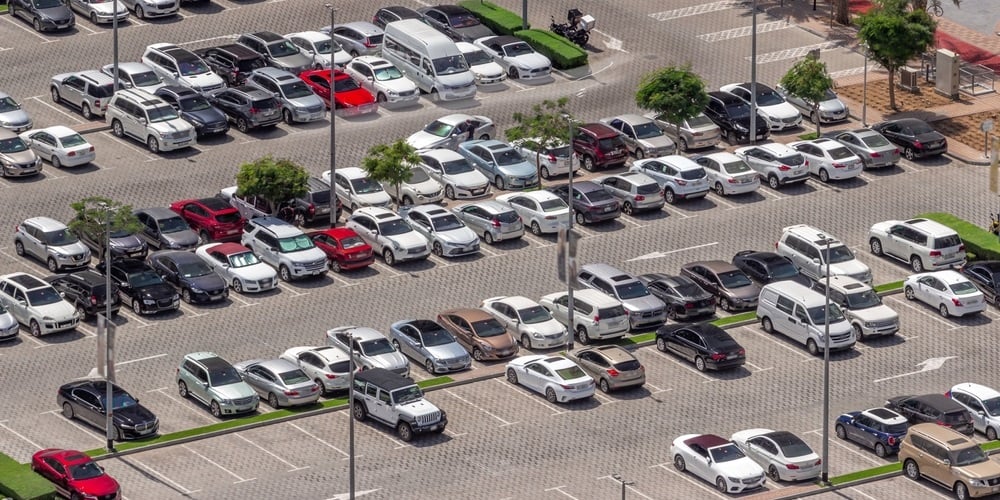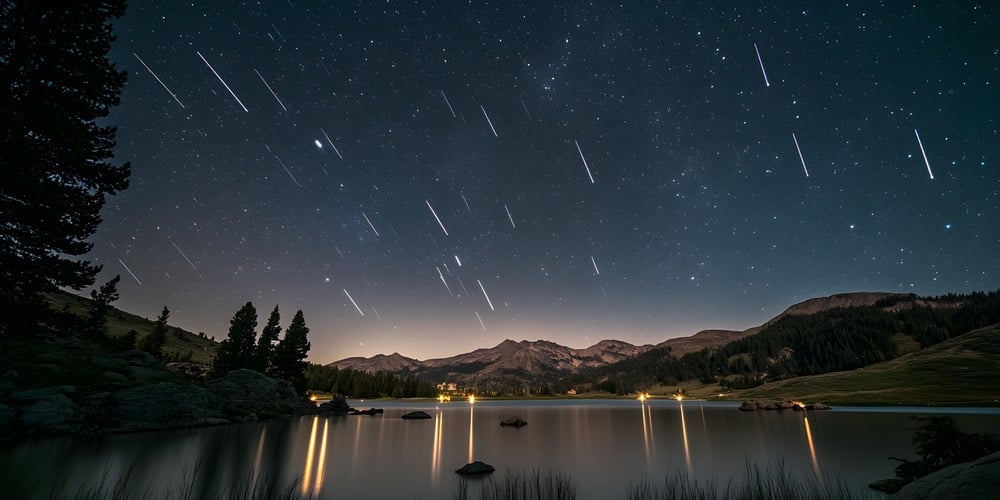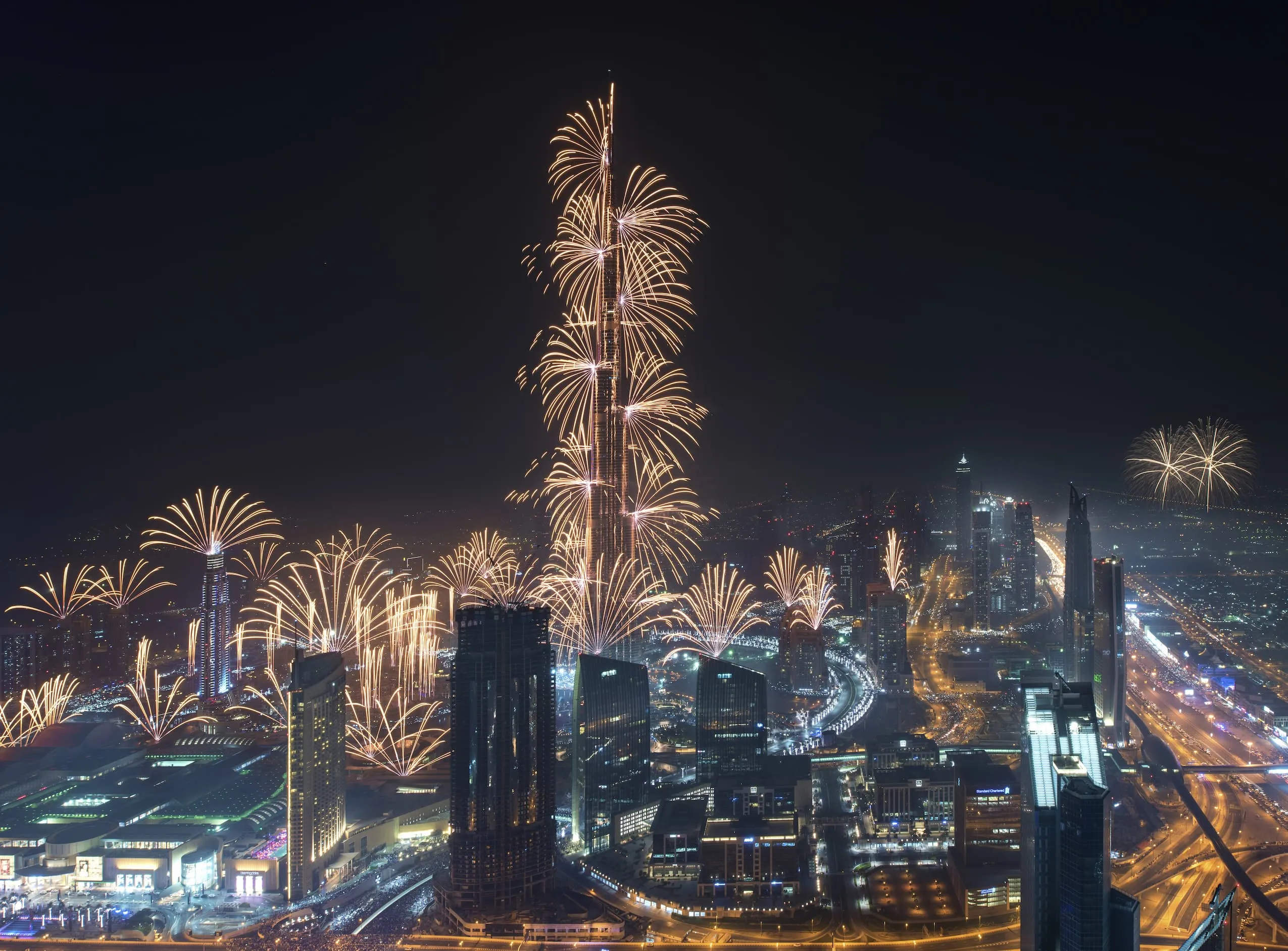Dubai is taking bold steps towards a more sustainable future with its groundbreaking project, Dubai Mangroves. As part of the city’s ambitious Dubai 2040 Master Plan, this massive initiative aims to transform 72 kilometers of coastal land into a thriving mangrove forest. With more than 100 million mangrove trees set to be planted, this project will not only boost ecotourism but also enhance biodiversity and improve Dubai’s resilience against climate change.
A Vision for Sustainable Growth
The Dubai Mangroves project is spearheaded by URB, a leading developer with a track record of innovative projects like Dubai Reefs and The Loop. This initiative will span 72 kilometers of coastline, making it the largest coastal regeneration project in the world. It is designed to integrate ecological preservation with urban development, emphasizing the role of mangroves in supporting the environment and combating climate change.
Mangroves are unique trees that thrive in coastal areas, providing a natural barrier against erosion and storm surges. They are also incredibly efficient at capturing carbon dioxide, with each tree capable of absorbing approximately 12.3 kilograms of CO2 annually. With 100 million mangroves, the Dubai Mangroves project will absorb over 1.23 million tonnes of CO2 each year, which is equivalent to removing the emissions of more than 260,000 gasoline-powered passenger vehicles from the roads.
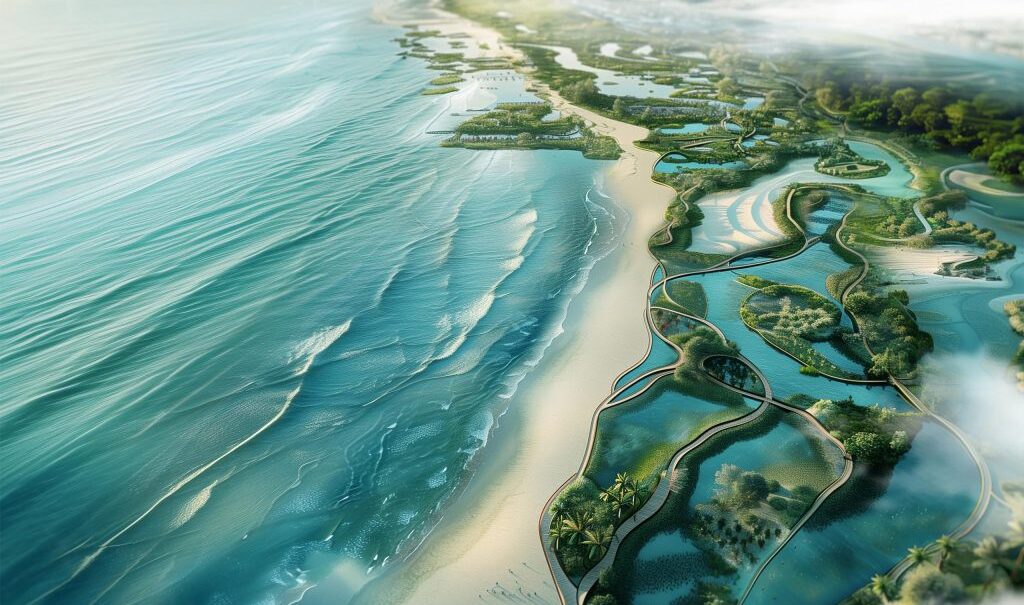
More Than Just Coastal Regeneration
The project is about much more than planting trees. It represents a broader vision for sustainable urban growth and environmental responsibility. Baharash Bagherian, CEO of URB, describes the project as “a testament to how urban and environmental innovation can work in harmony.”
The Dubai Mangroves project aims to set a global standard for how cities can balance development with environmental sustainability.
To achieve this goal, the project includes a range of educational and conservation-focused spaces designed to engage the community and visitors. These facilities will play a crucial role in promoting environmental stewardship and fostering a culture of sustainability.
Nature Reserve Conservation Center
The Nature Reserve Conservation Center is at the forefront of the Dubai Mangroves project, serving as a hub for research and conservation efforts. Staffed by conservationists and marine biologists, the center conducts research on habitat restoration and species conservation while engaging the public through educational programs. The center’s activities are designed to foster community involvement, offering volunteer programs and citizen science projects that encourage active participation in preserving local ecosystems.
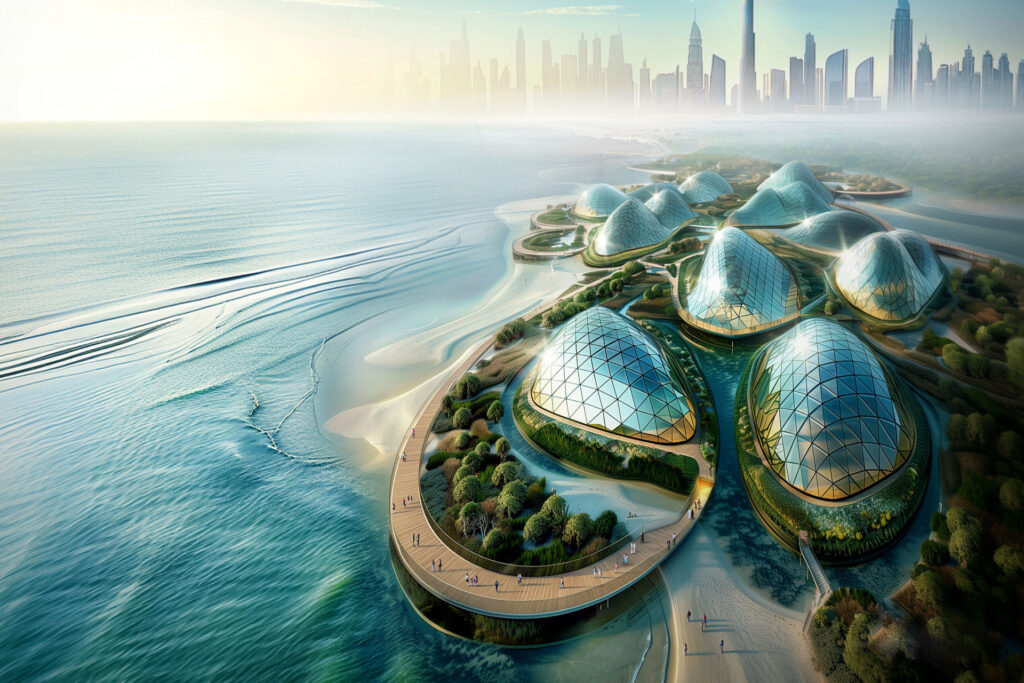
Mangrove Visitor Hub
The Mangrove Visitor Hub is a vital educational and interactive center within the Dubai Mangroves project. Here, visitors can learn about the importance of mangroves and their role in supporting biodiversity, stabilizing shorelines, and sequestering carbon. Through interactive displays, guided tours, and workshops, the hub educates visitors on the ecological significance of mangroves and inspires a commitment to conservation.
Botanical Museum
The Botanical Museum is another key component of the Dubai Mangroves project, designed to showcase the critical role of plants in ecosystems, particularly mangroves. This museum takes visitors on a journey through the evolution and adaptation of plant species, highlighting the unique properties of mangroves that make them essential for coastal protection and climate change mitigation.
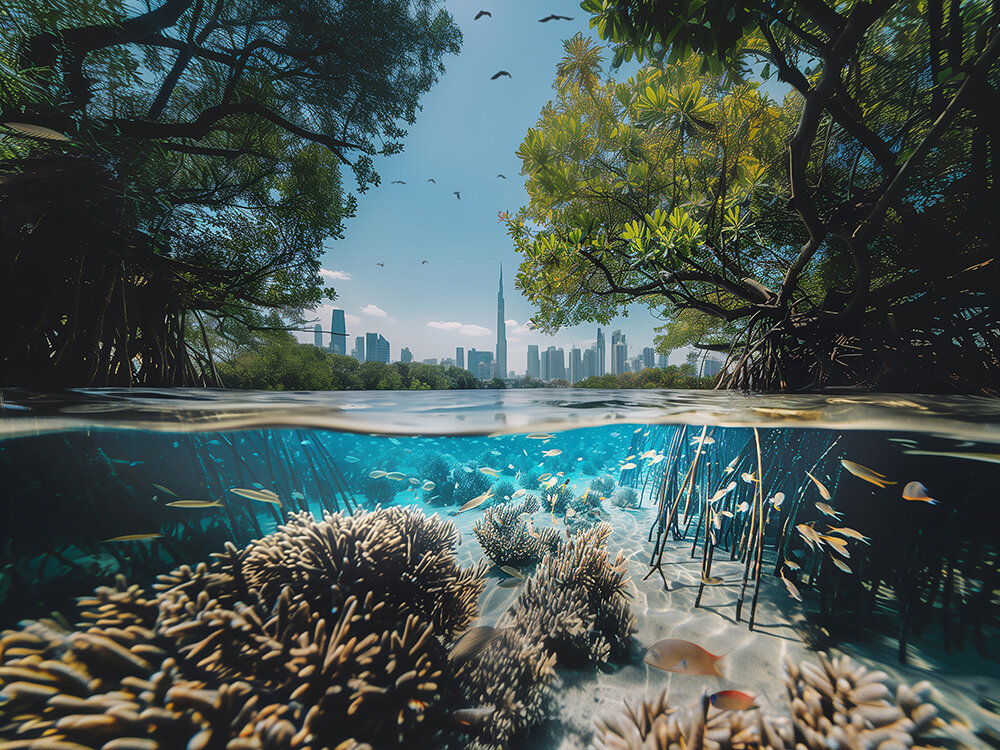
A Global Benchmark for Urban Sustainability
The Dubai Mangroves project stands as a beacon of hope for a more sustainable future. By merging ecological conservation with urban development, Dubai is setting a global benchmark for coastal regeneration and environmental responsibility.
Through innovative education and community engagement, the project aims to inspire a new generation of environmental stewards, showing that sustainable development and ecological preservation can coexist in harmony.

